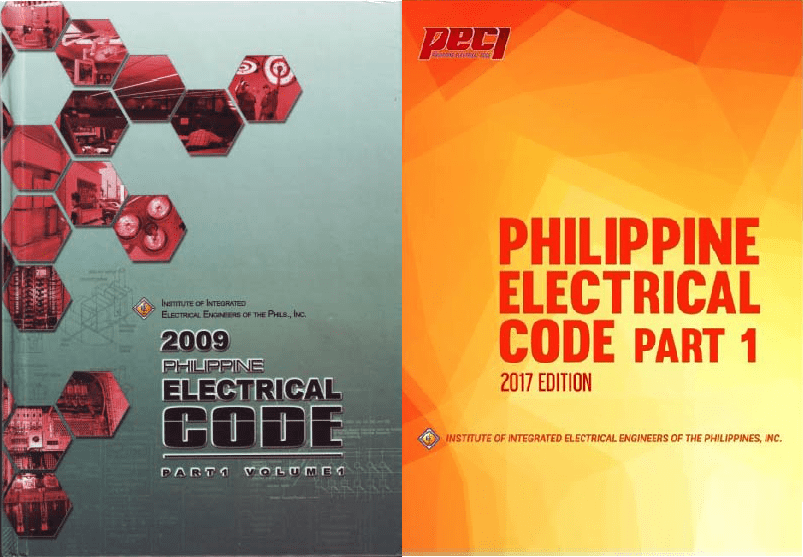What is Short-Circuit Current Rating?
The Philippine Electrical Code 2017 defines Short-Circuit Current Rating as the prospective symmetrical fault current at a nominal voltage to which an apparatus or system is able to be connected without sustaining damage exceeding defined acceptable criteria.
Short-Circuit Current Rating may be an attribute of a single electrical device, such as a contactor, or of an electrical apparatus which has multiple devices in an enclosure, such as an industrial control panel. An Overcurrent Current Protection Device (OCPD) that is specified to help an apparatus or device achieve an Short-Circuit Current Rating may either be integral to the apparatus, such as the main OCPD for an industrial control panel, or it may be on the lineside of the apparatus, physically separate device.
Short-Circuit Current Rating is very different from the interrupting rating of an OCPD which is defined by the PEC in Article 1.1 as Interrupting Rating. The highest current at rated voltage that a device is identified to interrupt under standard test conditions.
The interrupting rating of a circuit breaker or fuse is an OCPD self-protection rating. This rating by itself does not ensure loadside electrical equipment will be provided with adequate short-circuit current protection.
The general PEC equipment short-circuit current protection requirement is in Article 1.10.1.10 Circuit Impedance, Short-Circuit Current Ratings, and Other Characteristics.
The overcurrent protective devices, the total impedance, the equipment short-circuit current ratings, and other characteristics of the circuit to be protected shall be selected and coordinated to permit the circuit protective devices used to clear a fault to do so without extensive damage to the electrical equipment of the circuit. This fault shall be assumed to be either between two or more of the circuit conductors or between any circuit conductor and the equipment grounding conductor(s) permitted in Article 2.50.6.9. Listed equipment applied in accordance with their listing shall be considered to meet the requirements of this section.
Article 1.10.1.10, in Chapter 1 General, applies to all electrical installations to ensure electrical equipment is provided with protection under short-circuit current conditions.
Compliance with equipment short-circuit current protection (Article 1.10.1.10) is an analysis much different than compliance with overcurrent protective device interrupting ratings (Article 1.10.1.9). Article 1.10.1.10 requires all electrical equipment be provided with adequate short-circuit current protection.
The intent of Article 1.10.1.10 is that the equipment and OCPDs must be “selected and coordinated” so that under fault conditions up to the available short-circuit current value, the equipment will not sustain extensive damage. It is the ability of the equipment to withstand a certain magnitude of short-circuit current at a specific voltage in conjunction with an OCPD(s) without becoming a shock, fire, or projectile hazard external to its enclosure
What are the hazards of insufficient Short-Circuit Current Rating?
The hazards are external to the equipment enclosure since equipment Short-Circuit Current Rating testing and evaluation criteria for product standards is most often performed with the enclosure doors closed and latched, and the fault occurring external to the enclosure. Installing electrical equipment where its Short-Circuit Current Rating is less than the available short-circuit current creates serious safety hazards. These may include:
- Shock
- The enclosure becomes energized from conductors pulling out of their terminations or device destruction occurring within the enclosure.
- Fire
- The explosive power of the internal devices failing causes the closed and latched door to become ajar and spew flame and molten metal to the exterior. This is a fire hazard to both the facility and personnel.
- Projectile (shrapnel)
- The enclosure door may blow open or off with fire and failing device debris (shrapnel) shooting out. In laboratory tests, equipment Short-Circuit Current Rating failures have resulted in enclosure doors explosively blowing off and flying up to 100 feet away. Additionally, the shrapnel, from the rapid failure of internal devices, can be ejected at speeds up to 700 miles per hour.
Reference:
Bussman Series
